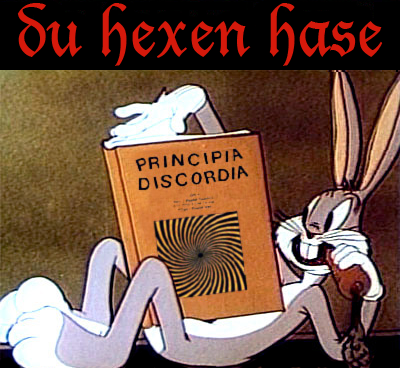Roger Ebert’s review for “V for Vendetta” was a mostly glowing one (much better than the pan he gave Batman in 1989, which I still haven’t fully forgiven him for) and while he didn’t make the standard mistake most reviewers have been making regarding Evey’s “education”, in the last line of his review he does miss one large point of V’s message.
Close to the end of his review, Ebert states: “The movie ends with a violent act that left me, as a lover of London, intensely unhappy; surely V’s enemy is human, not architectural.”
Let us put aside for a moment that V is simply following through with what Guy Fawkes originally attempted in 1605, that is part of the answer, but the less important part.
Ebert is correct, of course, V’s enemy ARE human, but humans who use symbolism as a means of controlling the population. His genius is to use these same symbols in reverse.
The government buildings hold a form of magic in them because people believe they do, the same way our money holds magic because we believe it does. The government buildings are treated differently than other buildings because, apparently, ‘important’ matters are dealt with there. The government buildings are also symbolic of government itself.
The government buildings of London were attacked for much the same reason the Pentagon was attacked on 9/11, namely that they both represent the government as a whole. To destroy the government buildings is to allow the people to believe that the government is not magical, is not lead by the hand of God, is not impenetrable. Poke holes in someone’s symbols and you poke holes in their magic.
